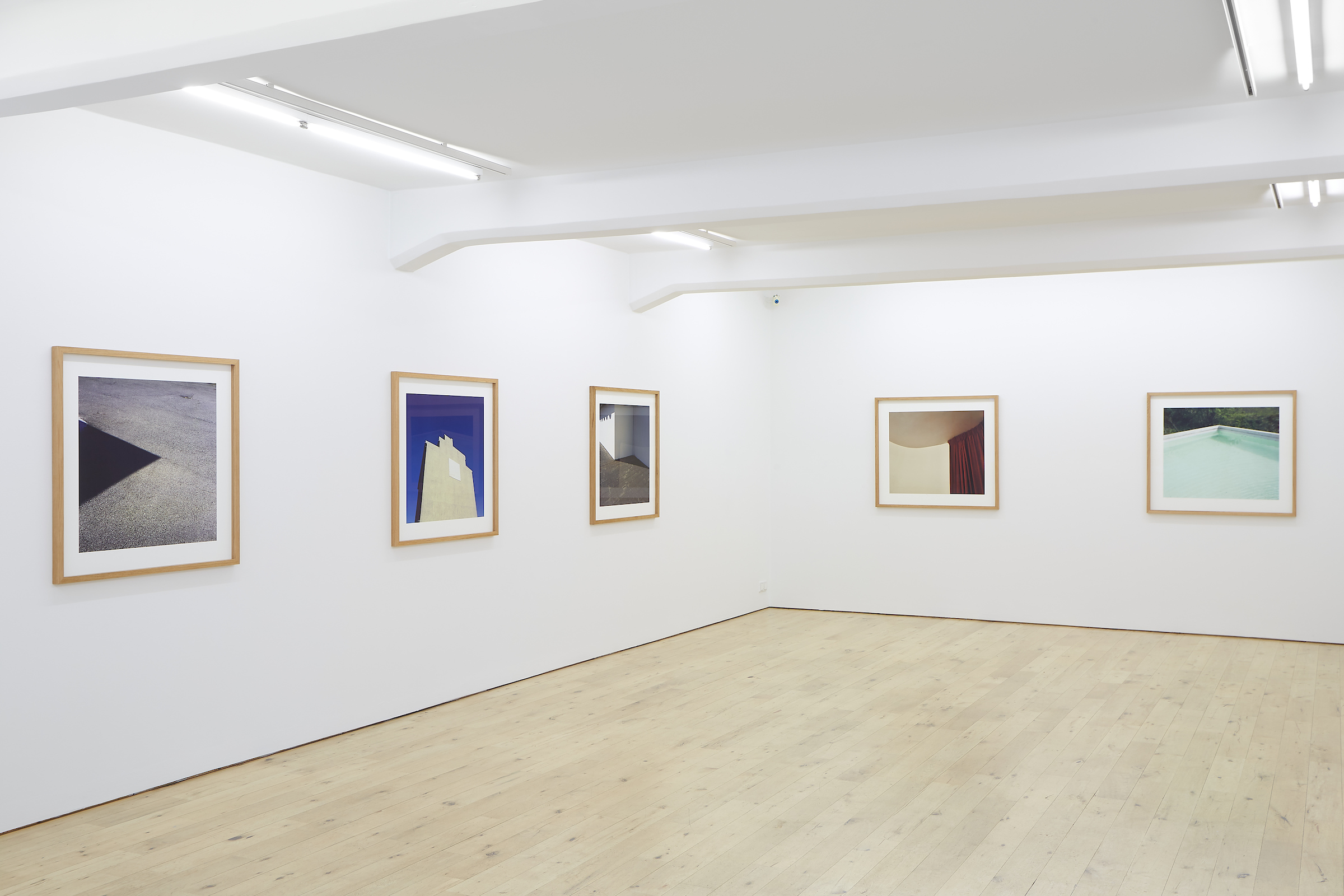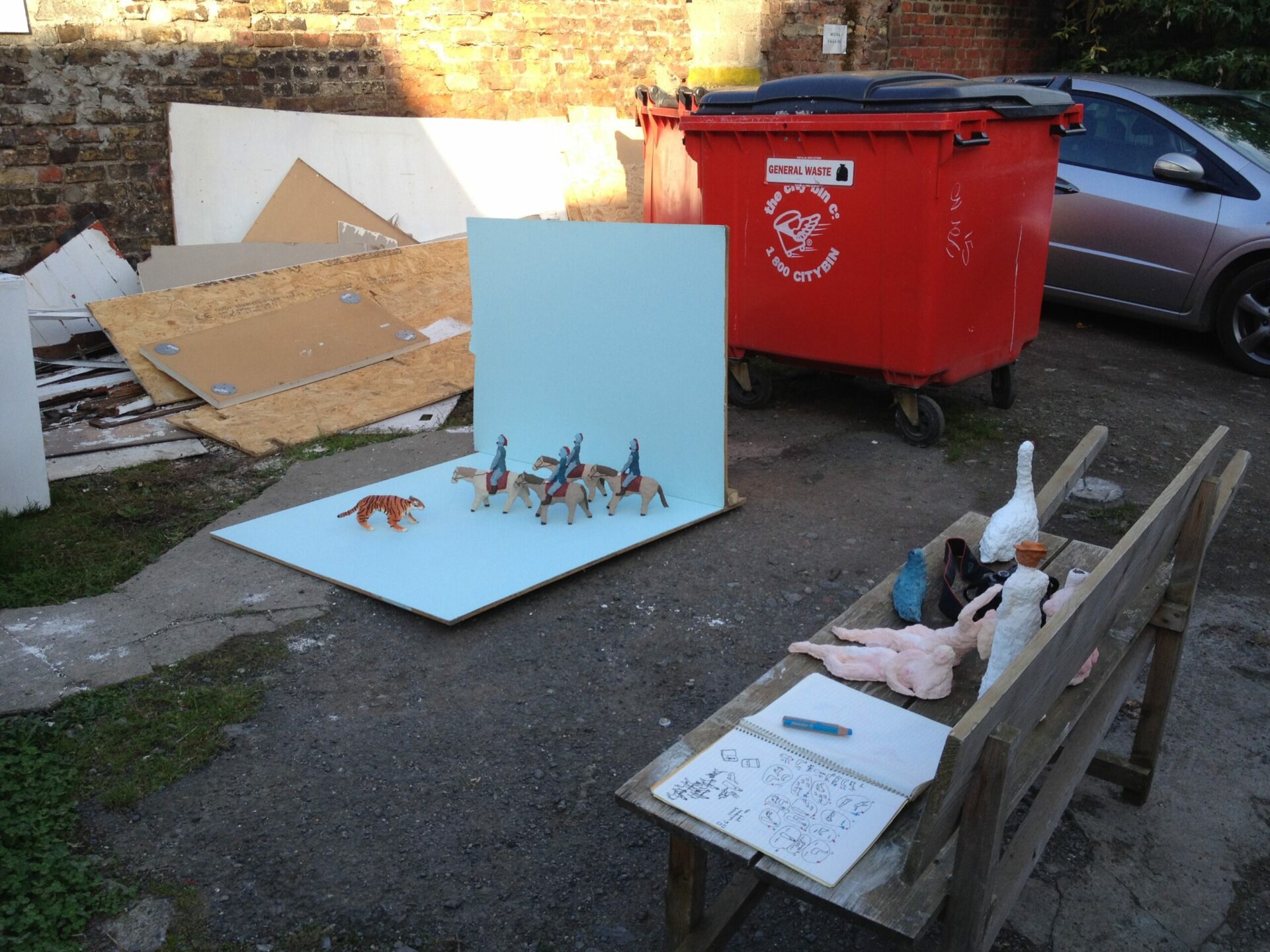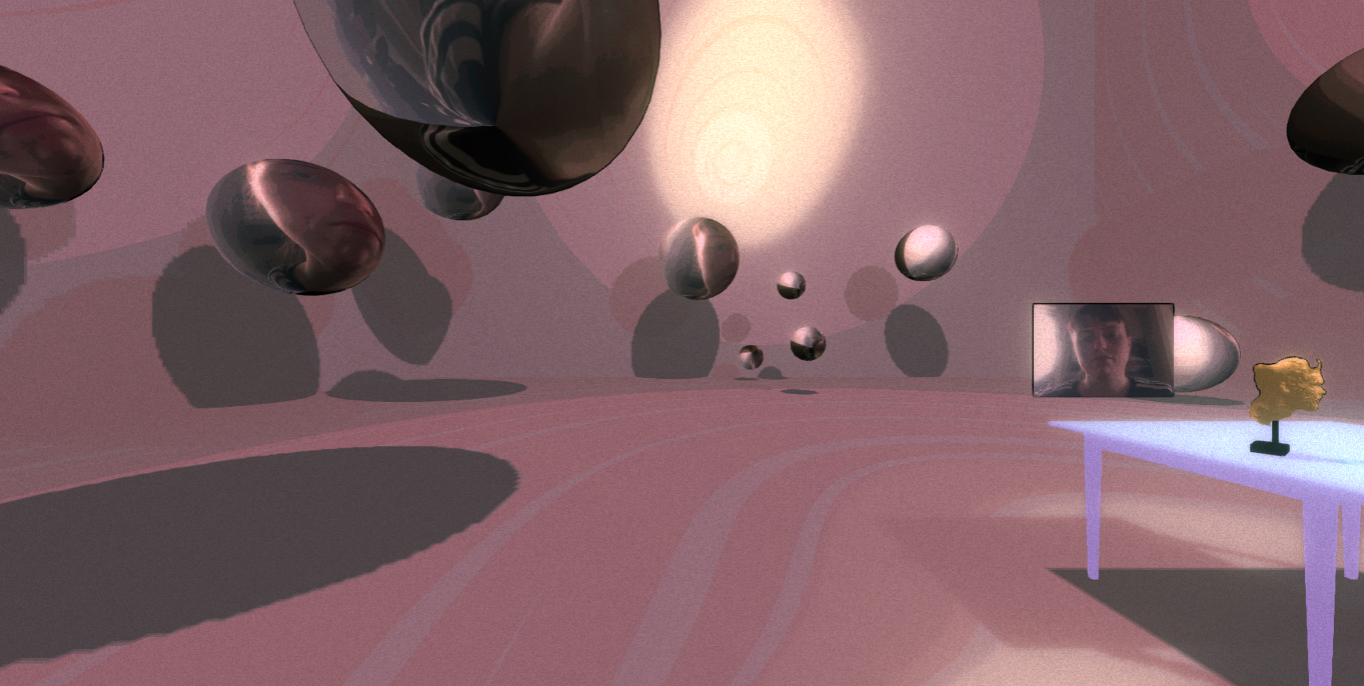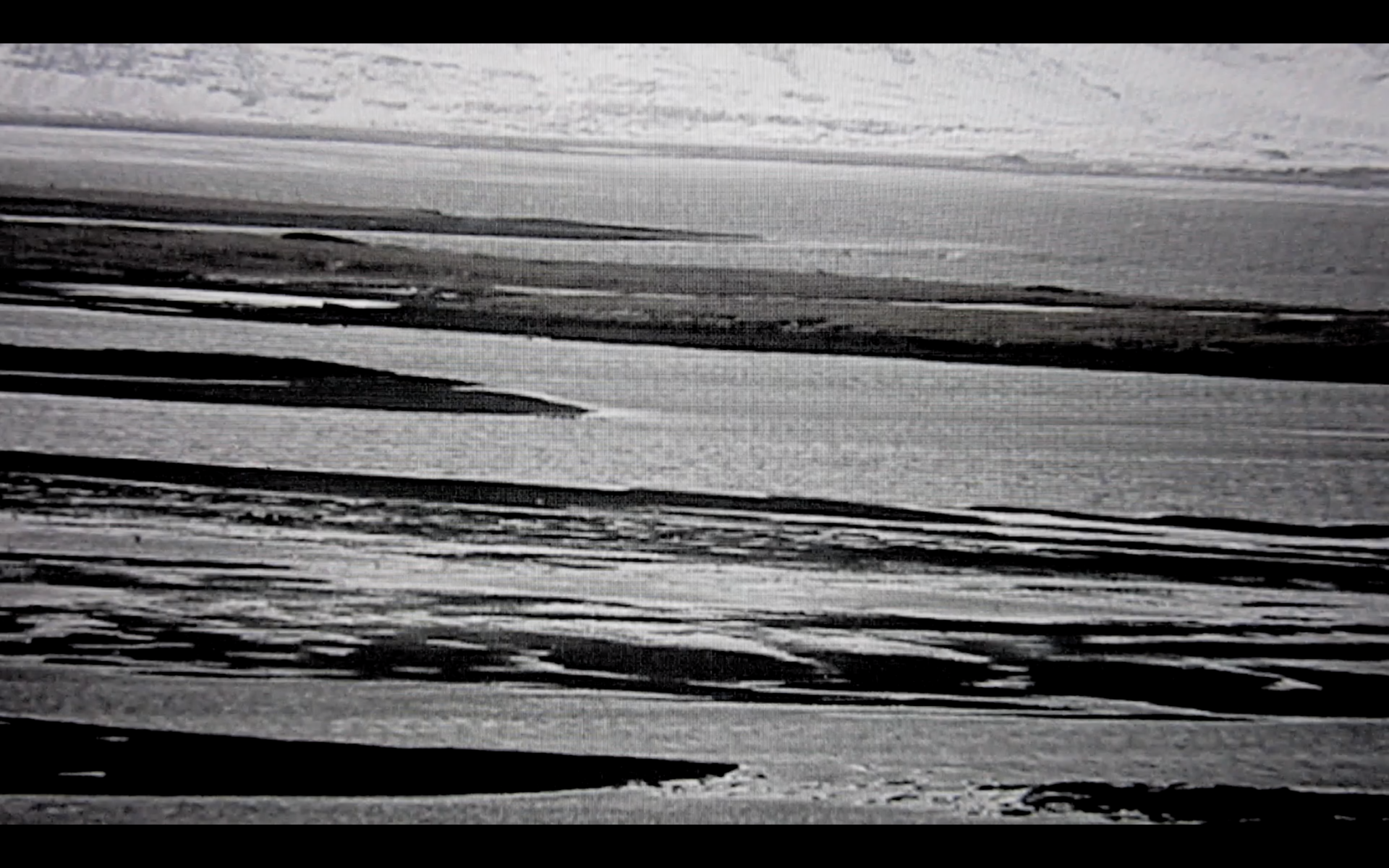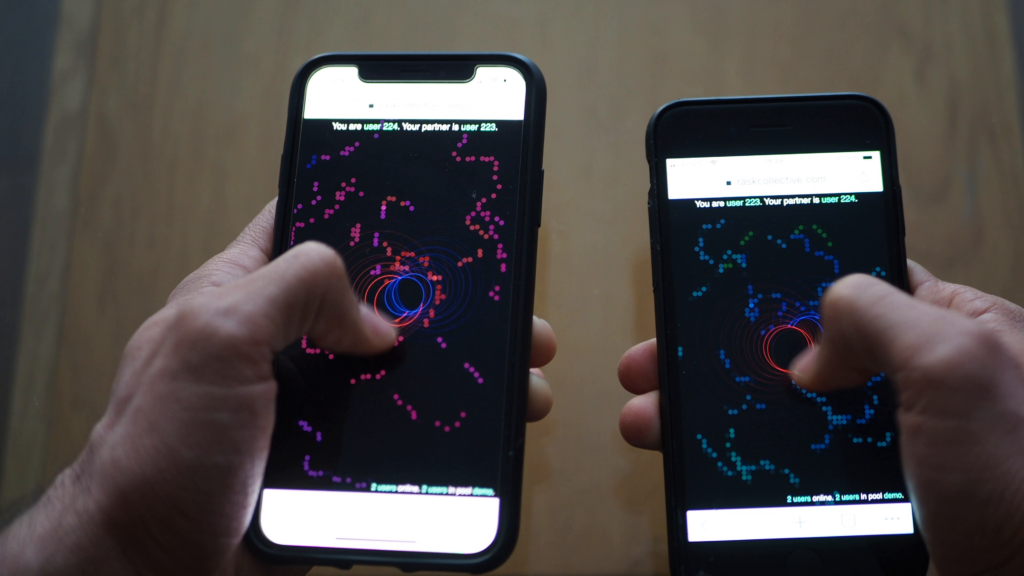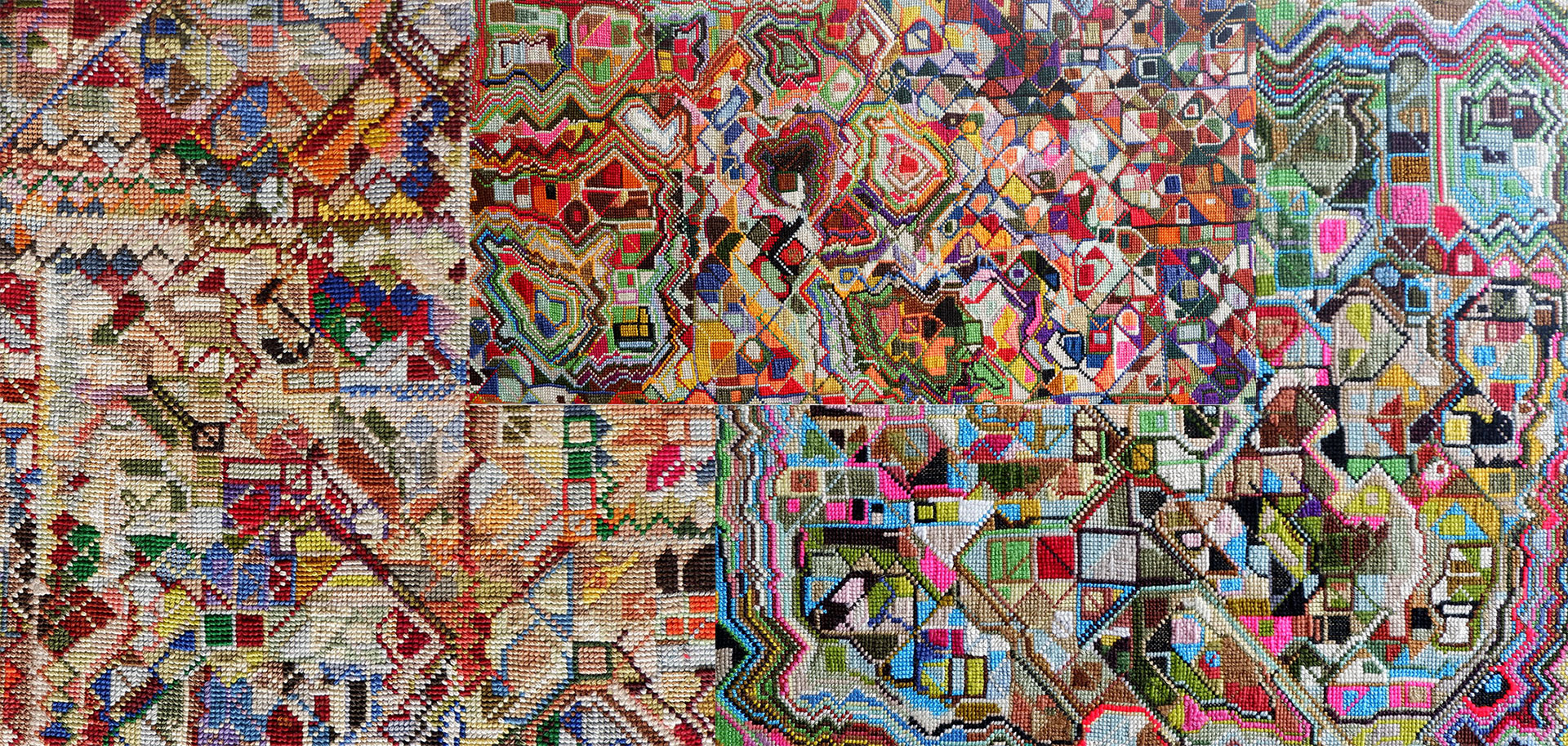
Asi og kyrrð, kliður og þögn í verkum Guðrúnar Bergsdóttur

Asi og kyrrð, kliður og þögn í verkum Guðrúnar Bergsdóttur
Guðrún Bergsdóttir sýnir um þessar mundir einkasýningu í Safnasafninu en hún mun standa sumarið 2020. þar eru til sýnis verk frá ferli hennar en hann spannar frá árinu 2000 til 2018. Guðrún fæddist í Reykjavík árið 1970. Að lokinni formlegri skólagöngu sótti Guðrún ýmis námskeið hjá Fjölmennt símenntunar og þekkingarmiðstöð þar á meðal í vélsaumi. Hún er meðlimur í Perlu- festinni, sem er áhugafélag um leiklist og hefur starfað hjá Ási vinnustofu síðan árið 1994. Guðrún hefur frá árinu 2000 til ársins 2018 unnið með útsaum í sinni list og hefur hún þróað sérstakan stíl sem vekur aðdáun og höfðar til fólks á ólíka vegu en verk hennar tengjast bæði handverkshefðinni og geómetríski abstrakt list.
Guðrún byrjaði að gera myndlist eftir þrítugt, en þá fór hún að nota nál, garn og striga á persónulegan hátt og byrjaði að sauma þær myndir sem hún er hvað þekktust fyrir. Hún vinnur beint á strigann, spor fyrir spor, flöt fyrir flöt, án forskriftar.
Á 18 ára tímabili bjó Guðrún til 66 myndir. Verk hennar þróuðust frá beinum línum og stórum ferningum yfir í smærri og lífrænni form þar til formfestan nánast hvarf uns hún setti einungis eitt krosssaumsspor í hverjum lit á flötinn. Í yngstu verkum Guðrúnar iðar flöturinn af lífi og þegar rýnt er í verk hennar á augað erfitt með að festa sig við einn stað.

Úr fjarlægð þegar augað greinir ekki bilið á milli sporana, sér áhorfandinn þó útlínur forma aftur, festu innan þess sem virtist enga reglu hafa. Í horni sumra verka Guðrúnar má sjá vísi að næsta verki á eftir, örlitla kítlu eins og til að byggja upp eftirvæntingu. Verk Guðrúnar virðast vera úthugsuð þróun, þar sem hvert spor er í rökréttu framhaldi frá upphafi þó hún geti ekki lýst því af hverju hún vinnur eins og hún gerir og yppir brosandi öxlum ef hún er spurð.
Áður hafði hún saumað út eftir forskrift og unnið tússmyndir sem svipar um margt til útsaumsmynda hennar. Sem barn teiknaði Guðrún svona ,,kafla“ eða eins og skákborð að sögn móður hennar, svipað og í saumaskapnum seinna. Móðir hennar keypti í hannyrðabúðum áprentaða púðastramma, sem auðvelt var að sauma og Guðrún saumaði nokkra slíka. Einu sinni kom hún heim með rauðan java sem vinkona hennar hafði gefið henni og fór að sauma fríhendis rendur á flötinn. Þegar javinn var búinn keypti móðir hennar meira garn og auðan stramma og Guðrún hélt áfram að þróa saumaskapinn í það sem hún er þekkt fyrir í dag og vann eftir það ekki að listsköpun með öðrum efnivið.

Guðrún fór allra sinna ferða með Strætó. Meðferðis hafði hún ávalt listaverkin sín sem hún var að vinna að þá stundina og tók þau upp og hélt sér að verki hvort sem það var í kaffipásu í vinnunni, í heimsókn hjá foreldrum sínum eða í strætó á leið sinni milli staða. Það er skemmtileg sagan af því hvernig verk Guðrúnar rötuðu fyrst fyrir auglit almennings. Sigurbjörg Júlíusdóttir, kona með fjölskyldutengsl við Guðrúnu vann á bókasafninu í Gerðubergi og bauð henni að sýna í einu horni bókasafnsins, þar sem settar voru upp litlar sýningar á saumaskap og handavinnu. Þessi sýning Guðrúnar var á dagskrá fyrstu hátíðar í nafni Listar án landamæra, sem haldin var á Evrópuári fatlaðs fólks árið 2003. Í kjölfarið var Guðrún beðin um að sýna verkin sín á bókasafninu í Hafnarfirði.

Nokkrum árum síðar varð önnur tilviljun til þess að Guðrún sýndi aftur. Harpa Björnsdóttir myndlistarmaður var með vinnustofu í sama húsi við Reykjavíkurhöfn og faðir Guðrúnar var með skrifstofu. Þar hékk mynd eftir Guðrúnu sem hún hafði gefið honum og heillaðist Harpa af henni. Harpa vann þá í Gerðubergi og hafði umsjón með sýningum þar. Hún bauð Guðrúnu að halda einkasýningu, sem fékk nafnið “Hugarheimar” og var opnuð í nóvember 2006. Sýningin fékk mikla aðsókn og athygli og var framlengd til loka janúar 2007. Það hafði aldrei gerst að sýningar væru framlengdar og var mikið fjallað um hana í fjölmiðlum. Um sýninguna sagði í fréttatilkynningu, að hún væri ein allsherjarsinfónía fjölskrúðugra lita og forma; eins og íslensk brekka þakin berjum að hausti eða brúðarklæði frá Austurlöndum. Guðrún hefur sýnt víða frá þeim tíma.

Á árunum 2007 – 2013 hélt Guðrún 6 sýningar sem voru á dagskrá Listar án landamæra sem þá var undir stjórn Margrétar M. Norðdahl. Árið 2007 tók Guðrún þátt í samstarfssýningu hjá List án landamæra, sem haldin var í Norræna húsinu og vann og sýndi verk sín með Gjörningaklúbbnum, en hann skipuðu þær Eyrún Sigurðardóttir, Jóní Jónsdóttir og Sigrún Hrólfsdóttir.
Árið 2008 hélt hún einkasýningu á Mokka sem var einnig á dagskrá Listar án landamæra. Árið 2011 var Guðrún valin listamaður Listar án landamæra og sýndi verk sín ásamt myndlistarmanninum Ransú í Hafnarborg í Hafnarfirði en sýningin bar yfirskriftina “Abstrakt”. Árið 2012 sýndi hún ásamt Gauta Ásgeirssyni á sýningunni “Nál og hnífur” í Þjóðminjasafni Íslands. 2013 tók hún þátt í samsýningunni ,,Meistarar’’ í gallerí Listamenn og samsýningu í bíósal Duushúsa í Keflavík, en allar sýningarnar voru hluti af dagskrá Listar án landamæra.
Árið 2014 tók Guðrún þátt í verkefninu “Samsuða” í samstarfi við listmanninn Eggert Pétursson.
Guðrún sýndi einnig verk sín í Listasal Mosfellsbæjar á samsýningunni “Rjóminn” og í Öryggismiðstöðinni í Askalind sama ár. Allar sýningarnar utan þeirrar í Öryggismiðstöðinni voru á dagskrá Listar án landamæra undir stjórn Írisar Stefaníu Skúladóttur.

Verk Guðrúnar prýddu forsíðu rits Heimilisiðnaðarfélags Íslands “Hugur og hönd” árið 2008, forsíðu Sögu Styrktarfélags vangefinna 1958-2008, “Viljinn að verki” árið 2009 og almanak Þroskahjálpar árið 2013.

Guðrún sýnir á Safnasafninu í sumar (2020) Á sýningunni fá safngestir að sjá fyrstu myndina sem hún saumaði út í striga án forskriftar frá árinu 2000 og einnig þá nýjustu sem er frá árinu 2018.
Frá árinu 2014 hægðist á listsköpun Guðrúnar og var hvert verk eftir það jafnvel ár í smíðum. Hvert spor í verkum hennar felur í sér sögu og það gerir bilið á milli sporanna einnig. Í verkum Guðrúnar má skynja tíma sem samhliða stendur í stað og líður hratt, asa og kyrrð, klið og þögn, eins og að sitja við læk, sem bæði er hjá okkur, en flæðir hjá á sama tíma.

Verkin hennar Guðrúnar eiga einstaklega vel heima í safninu þar sem alþýðulist mætir menntaðri nútímalist og handverkið mætir listaverkinu. Líkt og Safnasafnið ávarpa verk Guðrúnar manngerð landamæri listheimsins, þar sem múrar hafa verið reistir og verk eru vegin og metin eftir ósögðum en vel þekktum reglum um gildi ólíkra verka og skapara þeirra. Guðrún Bergsdóttir hefur markað spor í listasöguna og með verkum sínum og nálgun hefur hún haft áhrif á samtímafólk sitt í listinni.
Margrét M. Norðdahl
Aðalmynd með grein er samsett úr 4 myndum eftir Guðrúnu.
Frekari upplýsingar: www.safnasafnid.is

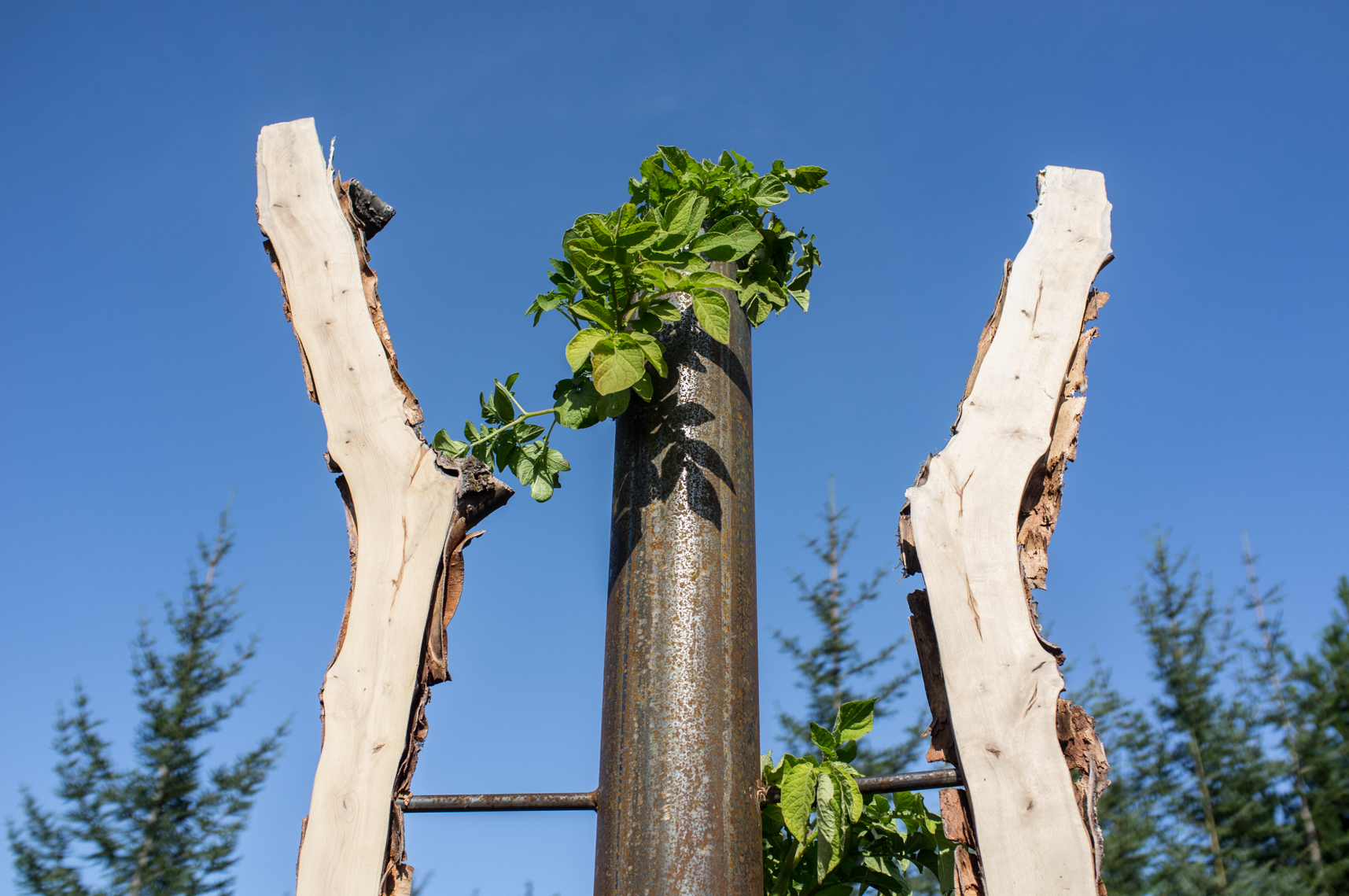
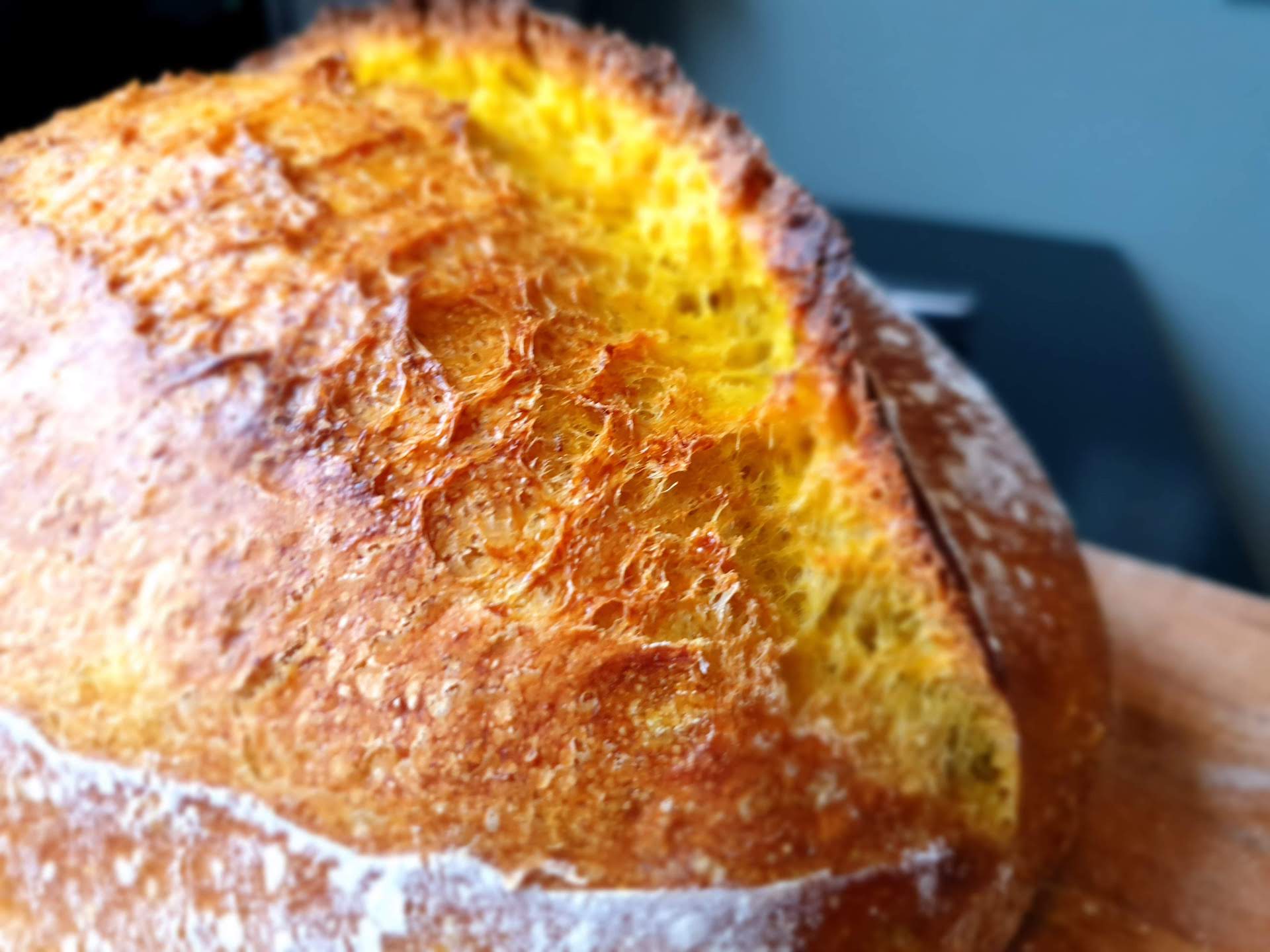 80% Manitoba Strong Flour, 20% Öland Flour, 78% Hydration, 2% salt, 4gr Turmeric, 30gr Sesame seeds.
80% Manitoba Strong Flour, 20% Öland Flour, 78% Hydration, 2% salt, 4gr Turmeric, 30gr Sesame seeds.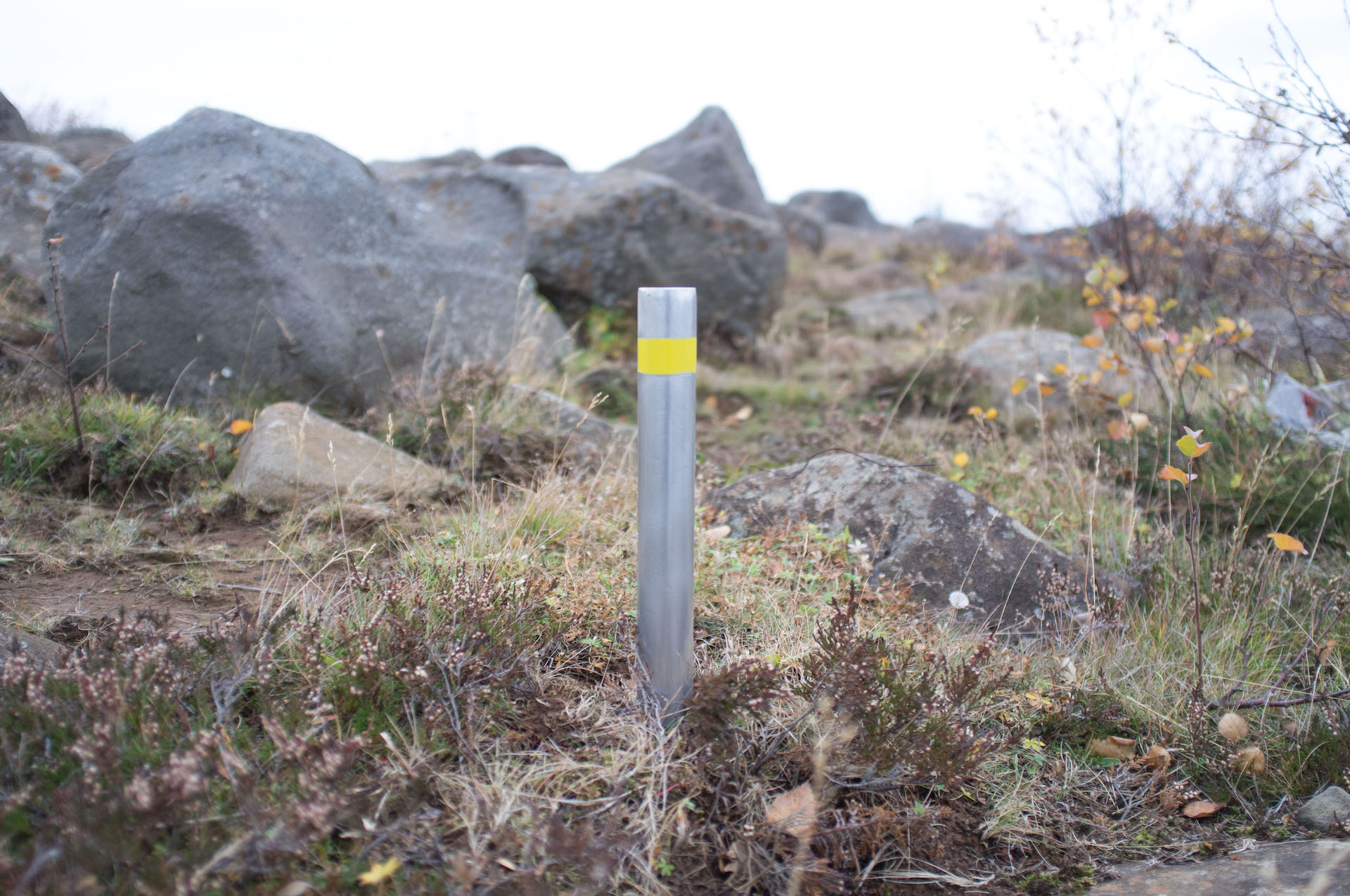 Signal (sunshine yellow), 2016.
Signal (sunshine yellow), 2016.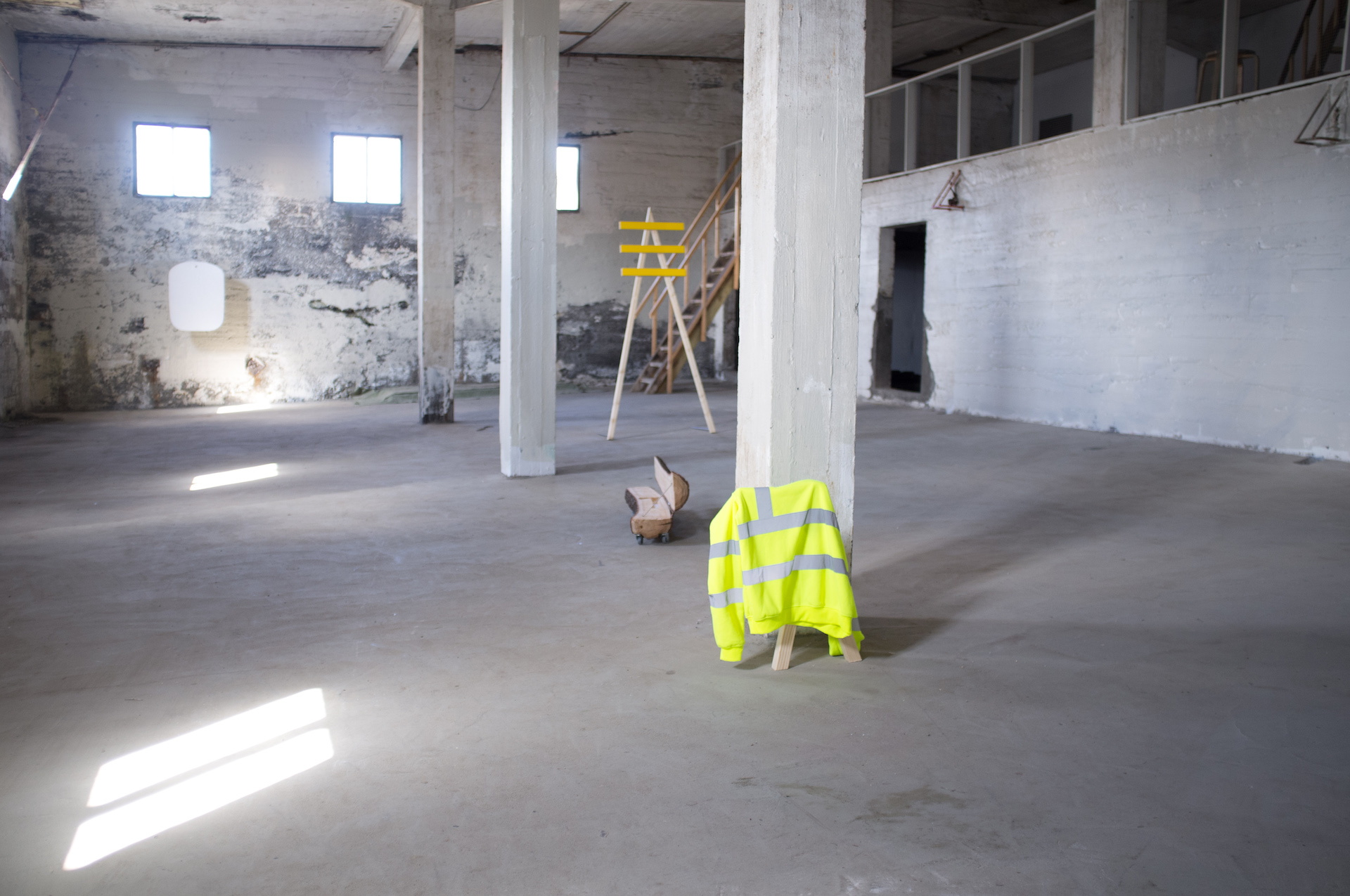 Axe, 2017. Installation view from the exhibition Hole at The Factory in Hjalteyri.
Axe, 2017. Installation view from the exhibition Hole at The Factory in Hjalteyri. Axe, 2017.
Axe, 2017.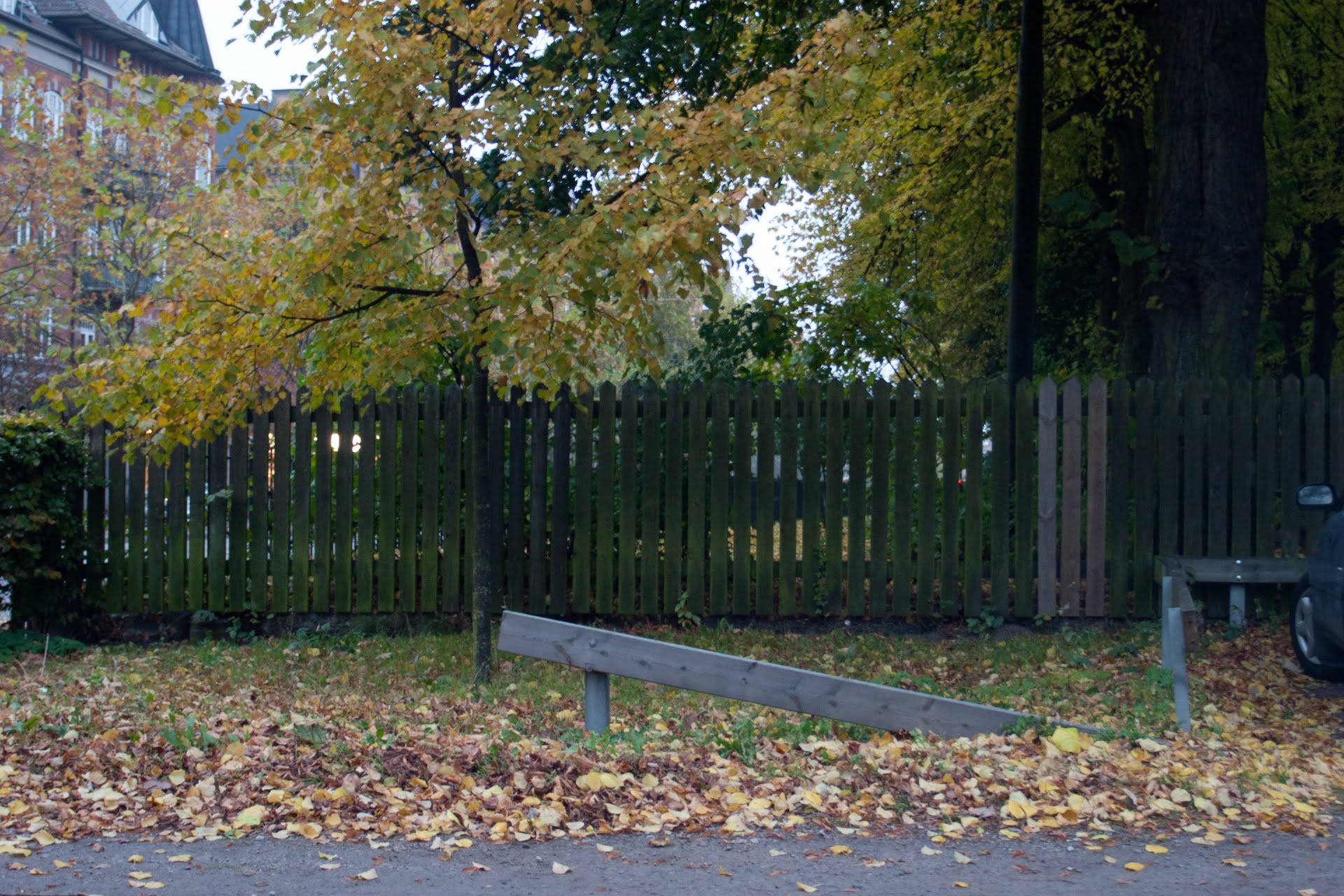 Sketch for maintenance.
Sketch for maintenance.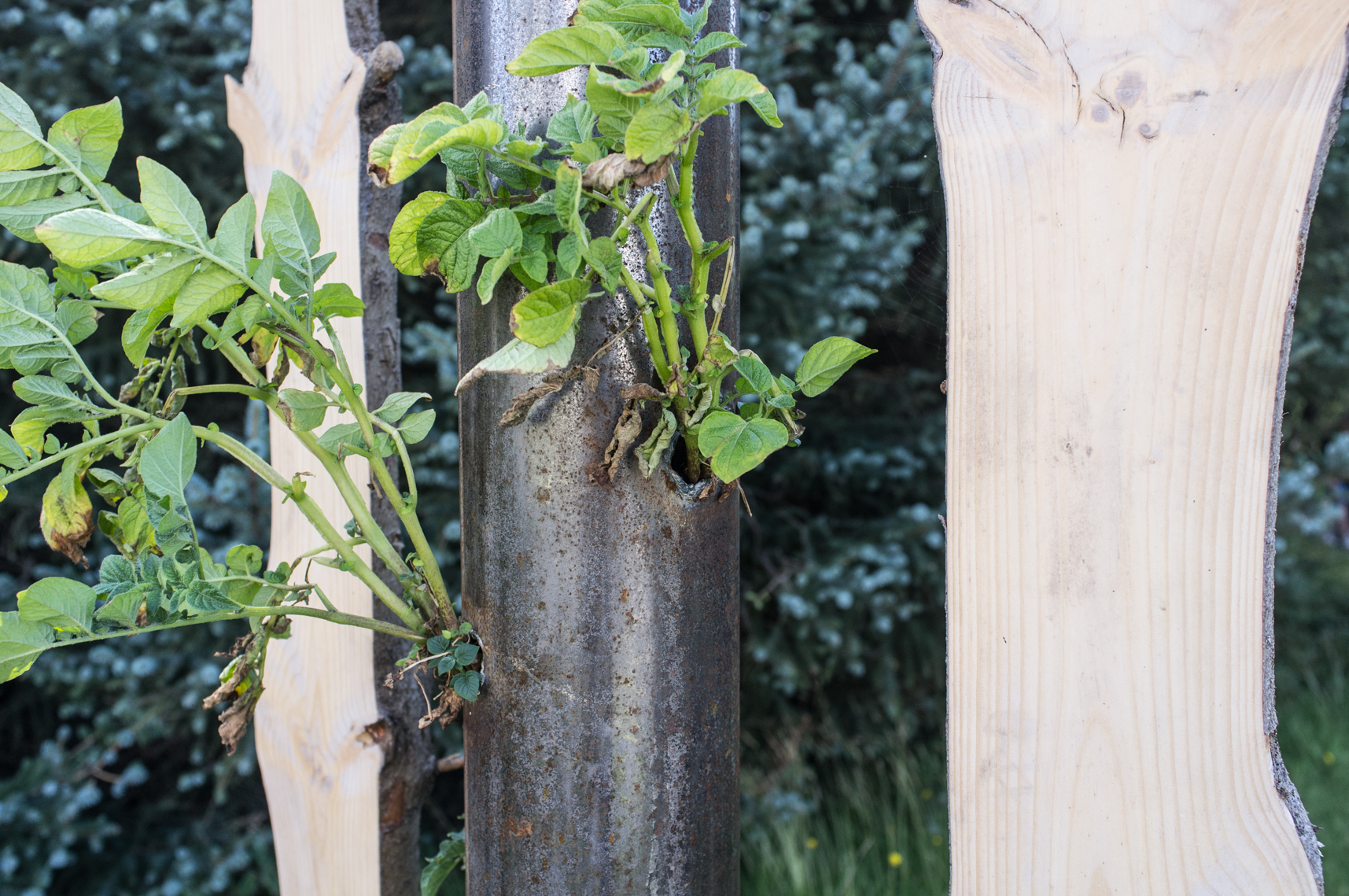 Entrance, 2019, steel, pine, potatoes.
Entrance, 2019, steel, pine, potatoes.

